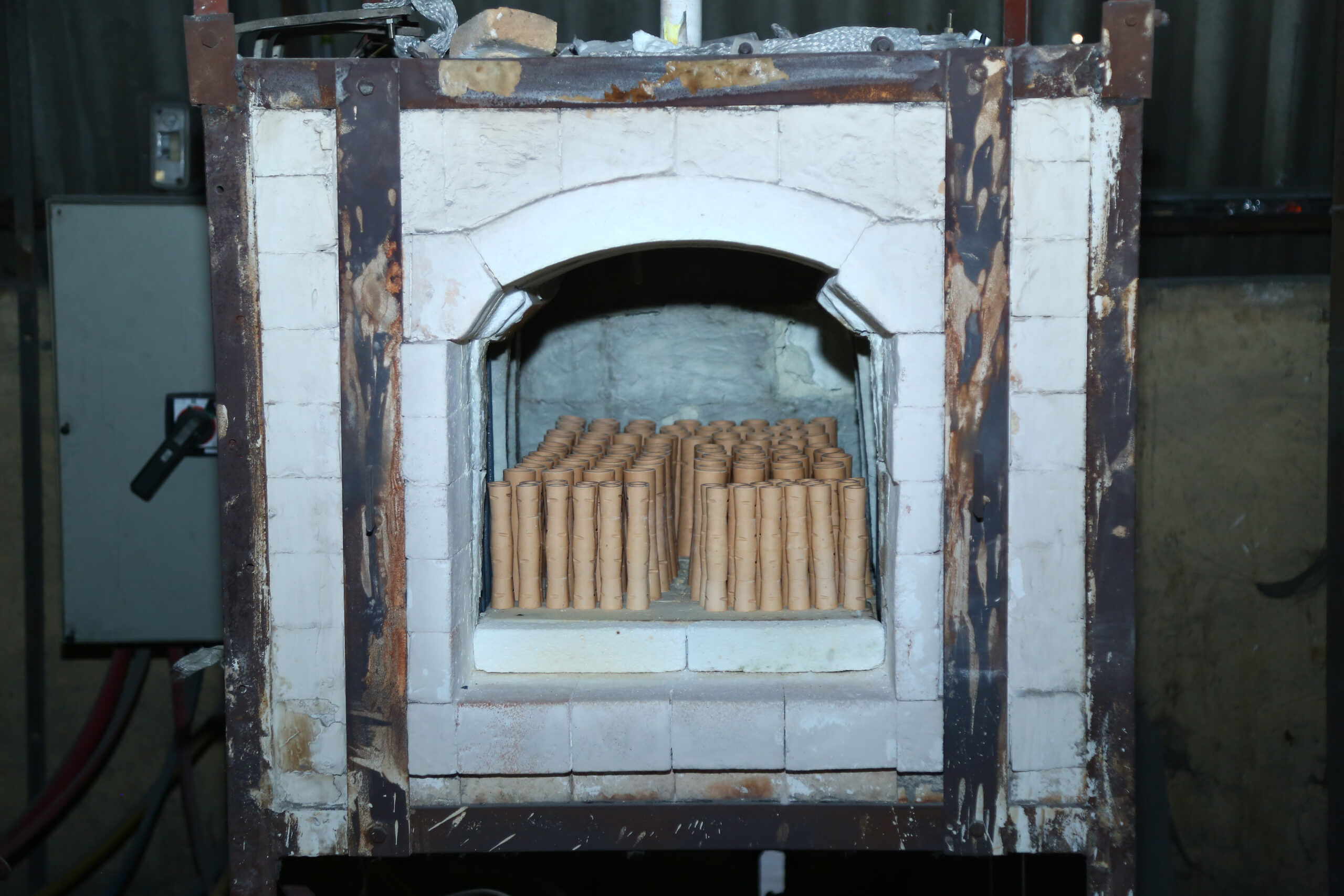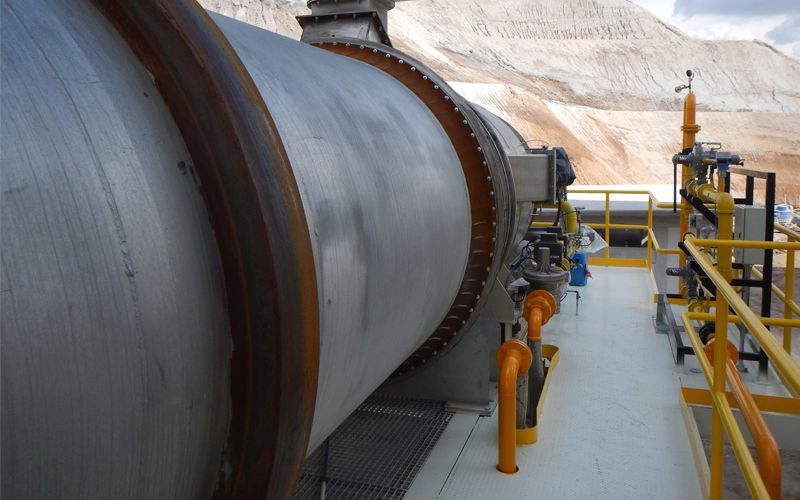Foundry
Foundry applications refer to the use of refractory materials and products in the metal casting industry, where molten metal is poured into molds to create metal parts and components. Foundries require materials that can withstand high temperatures, thermal shock, and the aggressive chemical environment of molten metals, which makes refractory products essential for the manufacturing process.
Refractories in foundry applications are used for lining furnaces, melting pots, ladles, and molds to protect against thermal wear and chemical corrosion. These materials are also applied in gating systems, casting pits, and heat treatment equipment. The high resistance to heat, molten metal, and slag erosion offered by refractories ensures the longevity and efficiency of foundry operations. They help maintain optimal temperatures, prevent contamination of the metal, and extend the service life of foundry equipment, thereby improving the quality of the cast products and enhancing overall productivity in the foundry industry.
Furnace
A furnace is a high-temperature industrial device used for heating materials to extreme temperatures, commonly used in industries like steelmaking, metal casting, ceramics, and glass manufacturing. Furnaces are designed to provide controlled environments where processes like melting, heating, or chemical reactions can occur. They typically include refractory linings to withstand high temperatures and protect the furnace structure from thermal and chemical wear.
Furnaces are used in a variety of applications, such as melting metals in foundries, heat treating steel, firing ceramics, and producing glass. Depending on the type of furnace, the heat source can vary, including electric, gas, or coal. Refractory materials, such as bricks, castables, and monolithics, are used to line furnaces, offering thermal insulation, heat retention, and protection from molten metals or slag. The proper design and use of refractories in furnaces contribute to improved energy efficiency, reduced maintenance costs, and enhanced safety and productivity in industrial operations.

Ladles & Tundishes
Ladles and tundishes are vital components in the steelmaking and metal casting processes, used for transporting and pouring molten metal. A ladle is a large container that holds molten metal, transferring it between stages in the steelmaking process. It is lined with refractory materials to withstand high temperatures and prevent wear from molten slag and metal. Ladles are equipped with mechanisms for controlled pouring and sometimes include stirring systems for metal treatment.
A tundish is used to direct molten metal from the ladle to the continuous casting molds. It ensures consistent and controlled metal flow, preventing metal oxidation and maintaining quality. Like ladles, tundishes are lined with refractories to handle high heat and reduce wear. Both ladles and tundishes help optimize metal production by maintaining temperature control, enhancing efficiency, and improving the quality of the final product.
Kilns & Dryers
Kilns and dryers are essential equipment in industries that require high-temperature processing or material drying. A kiln is a furnace or oven designed for firing, heating, or baking materials at high temperatures. It is widely used in industries like ceramics, cement, and metallurgy to process raw materials, harden products, or conduct chemical reactions. Kilns are lined with refractory materials to withstand the intense heat and thermal shock.
A dryer, on the other hand, is used to remove moisture from materials by subjecting them to heat and air circulation. Dryers are crucial in industries such as food processing, pharmaceuticals, and chemicals, where materials need to be dried to a specific moisture level. While kilns operate at high temperatures for material transformation, dryers focus on evaporation and moisture removal. Both are integral to production processes, ensuring optimal material properties and enhancing efficiency in various industrial applications.
